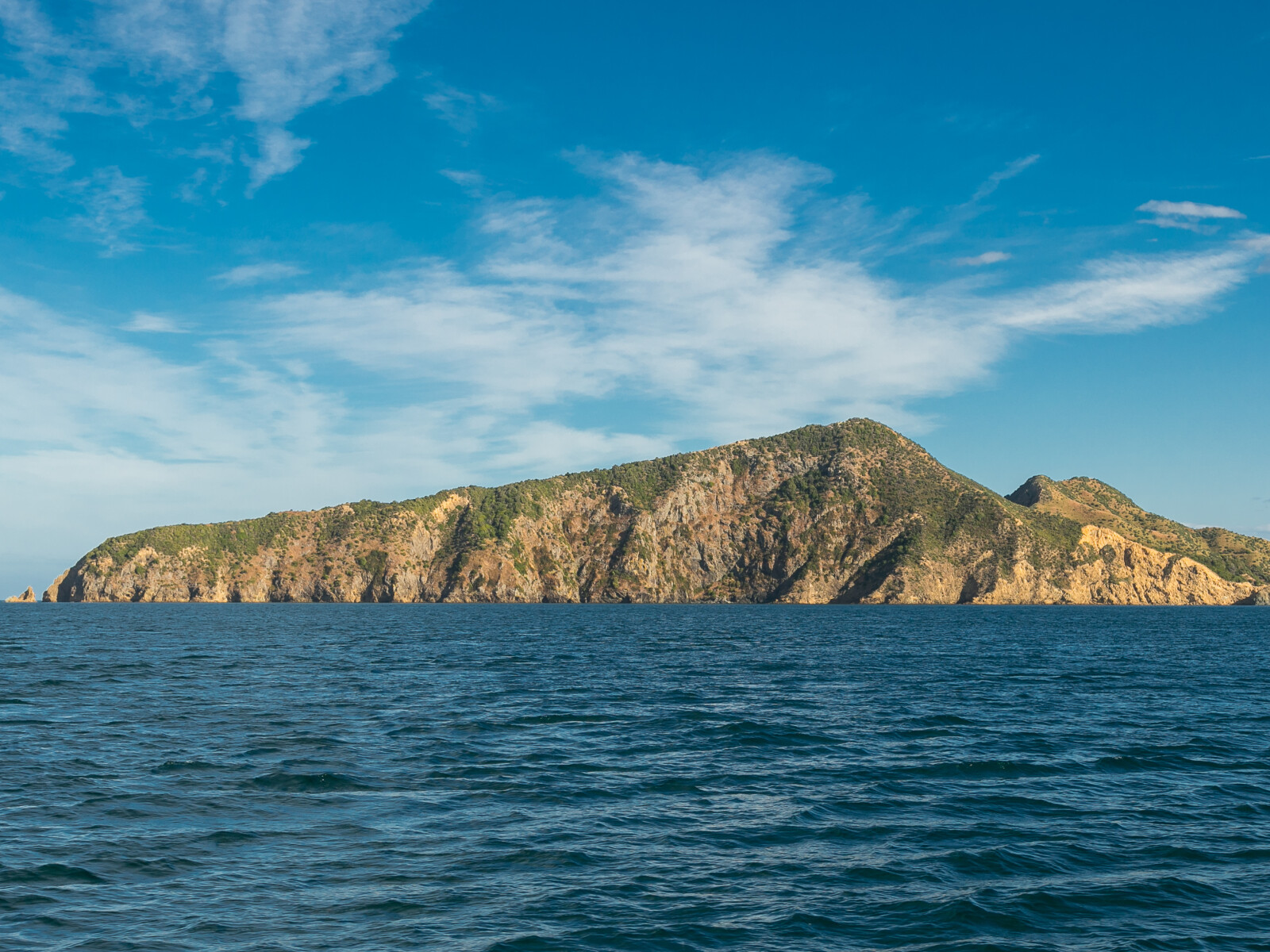The anchorage shown in the small cove on Puangiangi provides shelter in NW to E winds in about 5 m. The bay is shallow at its head, with a lot of weed. Care should be taken when laying anchors, to ensure they bite to the bottom and do not become fouled with weed.
The anchorage shown on Tinui Island is sheltered from SW to S to NW winds. There is good holding on sandy bottom in about 5 m of water. Sea breezes tend to curl into this anchorage, but with little sea or strength of wind. “Tinui Anchorage” is best with Danforth or similar type of anchor, a plough or this type may not hold if winds over 20 knots. Not ideal in gale conditions for comfort.






